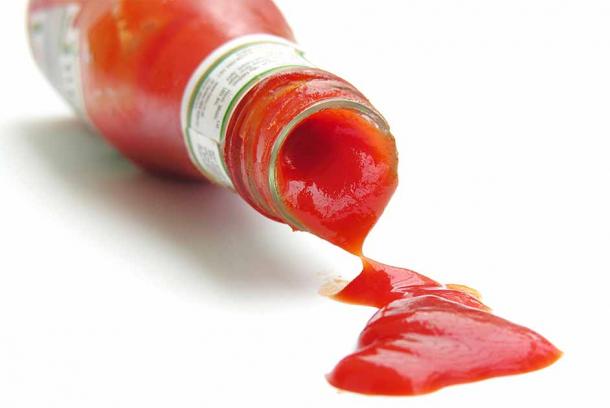Ketchup Actually Originated in… Ancient China?
If asked, the first all-American meal to come to mind will probably be a hamburger, fries and a healthy dollop of ketchup. Unfortunately, none of these items actually originated in the United States. French fries were famously imported from France, hamburgers from Germany and ketchup was actually invented in ancient China.
The clues lie in the word itself, for ketchup actually has its origins in ke-tchup, which according to Slate means “preserved fish sauce” in the Hokkien language of southern Fujian and Taiwan ( tchup simply means “sauce.”). The Language of Food by linguist Dan Jurafsky, traces the origin of the global phenomenon that is ketchup, finding its humble beginnings as far back as 200 BC in the creation of a pungent fermented fish sauce made in China, which then spread to Vietnam and Indonesia.
Remembered as a dark soya-like liquid sauce, ketchup was originally a condiment used to add flavor to food. Remnants of a similar savory fish-based sauce has been found amphorae from a 2,000 year old Roman shipwreck, and was known as garum.
This flavor bomb became popular in the 1600s with Dutch and British sailors who had come to Southeast Asia as part of the spice trade. It then spread to Europe due to the ease and length of time with which it could be stored, adding a touch of spice to the drab culinary experience of refrigeration-free maritime expeditions.
By the 1700s, chefs in Britain and the United States were trying their hand at their own ketchup recipes, far removed from the original. These western versions used a repulsive-sounding blend of ingredients including anchovies, oysters, mushrooms, walnuts, mussels and even plums, blended with strong spices such as cloves, ginger and pepper.

Tomato ketchup as we know it today. (Melisback / Adobe Stock)
By boiling down the ingredients, or salting them, to create a concoction not unlike Worcester sauce, chefs created a salty condiment which was able to last for years. This ketchup was soon a staple in British kitchens. One 1742 recipe for “katch-up” brings it to life:
“Take a Gallon of strong stale Beer, one Pound of Anchovies wash’d and clean’d from the Guts, half an Ounce of Mace, half an Ounce of Cloves, a quarter of an Ounce of Pepper, three large Races of Ginger, one Pound of Eschallots, and one Quart of flap Mushrooms well rubb’d and pick’d; boil all these over a slow Fire till it is half wasted, and strain it thro’ a Flannel Bag; let it stand till it is quite cold, then bottle and stop it very close.”
Tomatoes, also known as love apples, were not a popular food in Europe until the 18th century, and they were only added into ketchup recipes in the 19th century. The glory goes to a Philadelphia-based James Mease who wrote the first tomato-based ketchup recipe. Over time anchovies fell out of favor. Vinegar was added as a preservative and sugar to give a sweet taste when Henry Heinz began commercial production of tomato ketchup, a.k.a. catsup, in 1876 - a truly American invention.
Top image: The modern-day presentation of ketchup on Chinese food. Source: RomixImage /Adobe Stock
By Cecilia Bogaard



















